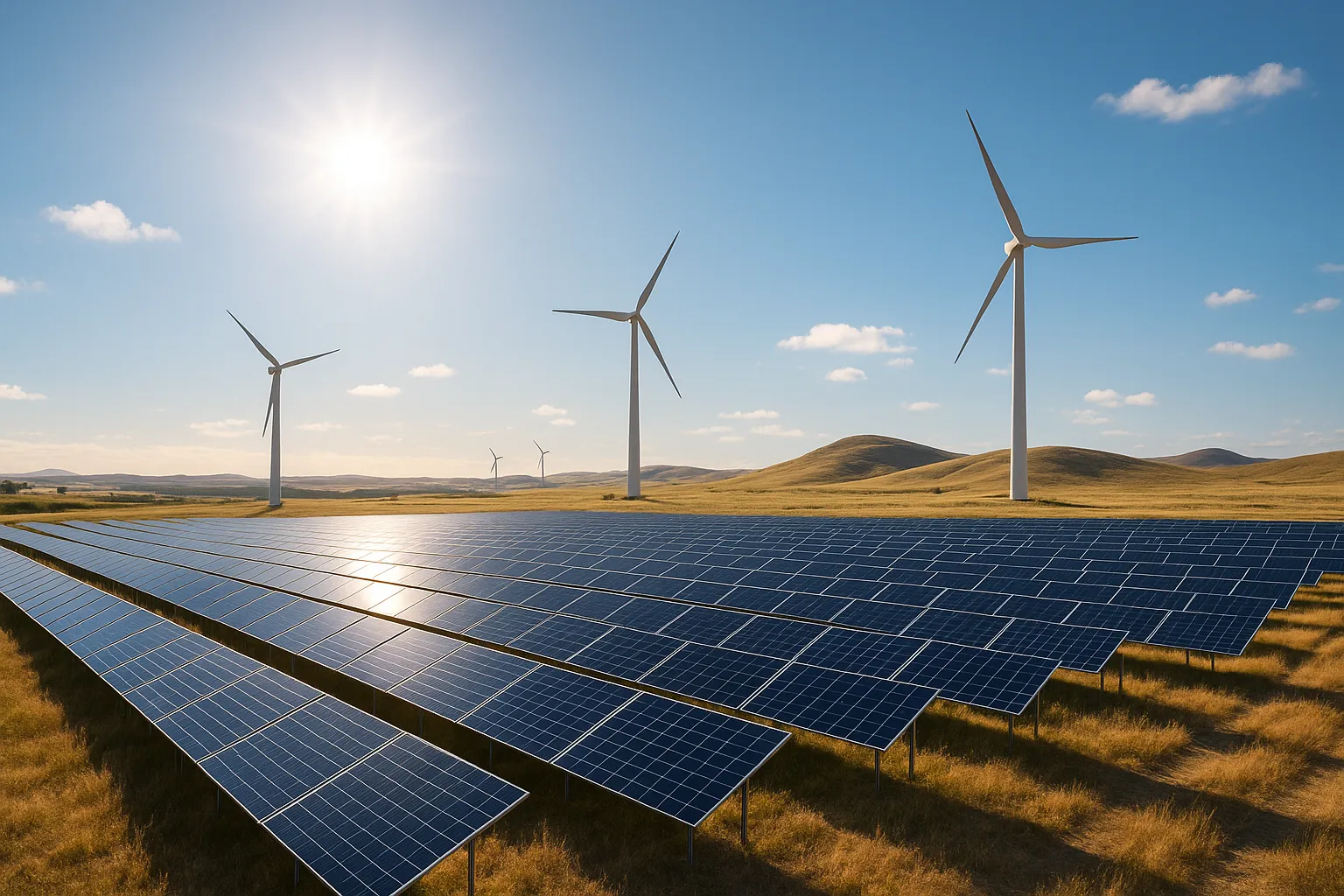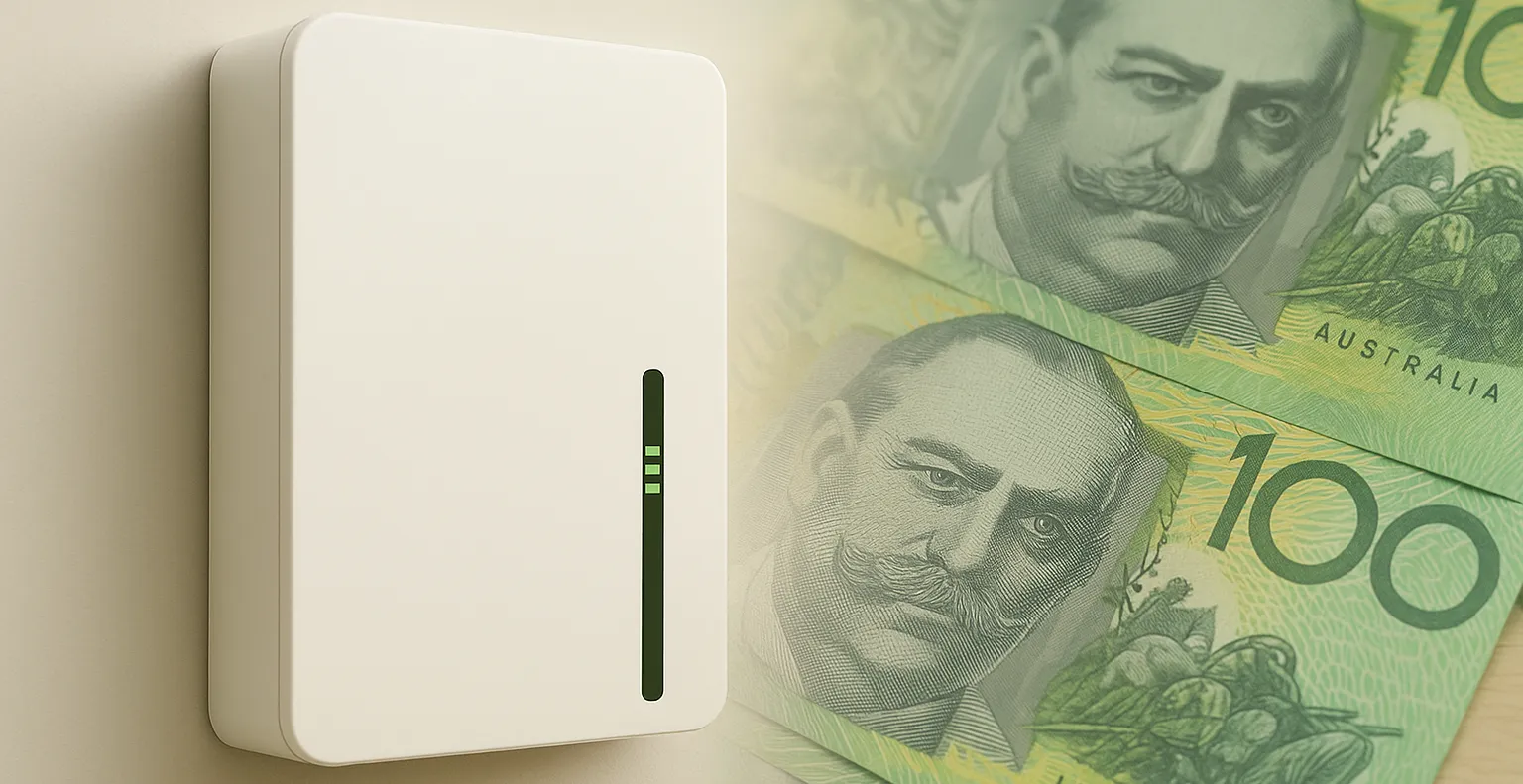By September, the federal government will finally let us in on its big climate number – the 2035 emissions reduction target. This isn’t just another political announcement to politely clap through; it’s the line in the sand that tells the world whether Australia’s fair dinkum about pulling its weight on climate action.
It’s also the blueprint for how we’ll hit net zero by 2050. Pacific neighbours, who’ve been very vocal about us lifting our game, will be watching like hawks. And if you believe the Climate Change Authority’s draft advice, the magic range is somewhere between a 65% and 75% cut from 2005 levels.
Frankly, the modelling says we can do better. Up to 85% better. And not just for warm-and-fuzzy environmental reasons – a strong target could be an economic springboard, setting Aussie industry up to cash in on the global race to net zero.
What’s on the Table
Australia’s current pledge under the Paris Agreement is a 43% cut by 2030. The next target takes us to 2035 and, crucially, must come with a plan that isn’t just a glossy brochure.
The International Court of Justice recently put it in black and white: countries are legally obliged to stop climate harm. The science says that means limiting warming to 1.5°C. UN climate boss Simon Stiell calls clean energy “an economic no-brainer” – which is bureaucrat-speak for “stop mucking around and get on with it.”
The Numbers Don’t Lie
Late last year, Monash University’s Climateworks Centre teamed up with CSIRO to crunch the numbers. Their verdict? If we throw our collective weight behind it – across buildings, transport, industry, agriculture and land management – we could slash emissions by 85% by 2035 without running out of power.
That means:
- Electrifying homes and making them more efficient.
- Getting serious about EVs.
- Using electrification and hydrogen to clean up heavy industry.
- Cutting farm emissions with algae feed for cattle and better fertilisers.
- Planting more trees and locking more carbon in soil.
The State of Play
The states and territories are already pointing in the right direction – their combined goals amount to a 66–71% national cut by 2035. But the feds have to match the ambition if we’re going to hit those marks.
The renewable energy rollout will need to be lightning-fast, which means communities hosting solar farms and wind turbines have to feel they’re getting a fair shake. Some states are tackling this with local benefit programs, but more trust-building is needed.
On the industry side, “green” iron, steel and other commodities could make us a global decarbonisation hub. Trouble is, international demand still needs to catch up – so trade agreements and aligned standards will be key.
Why It Matters for Your Hip Pocket
This isn’t just about looking good at climate conferences. Renewable energy is now the cheapest form of new power – meaning it can actually bring household bills down. Energy-efficient homes aren’t just better for the planet; they’re more comfortable to live in, too.
A strong 2035 target could attract billions in investment, keep industries competitive and secure jobs in a net-zero economy.
The Road Ahead
The government’s also cooking up a broader net-zero transition plan for release this year, covering six major parts of the economy. Expect reviews of the National Electricity Market and the Safeguard Mechanism, plus an economic roundtable later this month.
If we get the policy mix right, we can turn climate targets into an economic winning streak – and show the world we’re not just passengers on the clean-energy train, but driving the thing.
Now’s the time to decide: do we just edge forward to 2035, or sprint towards it and grab the opportunities on offer? If the modelling’s right, we’ve got the tools, the tech and the talent. What we need is the will.
Article adapted from The Conversation: Australia can hit an 85% emissions cut by 2035 – if government and business seize the moment

